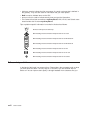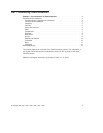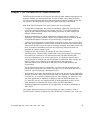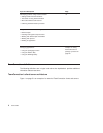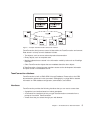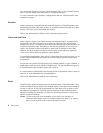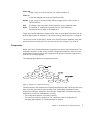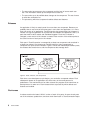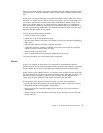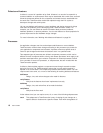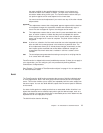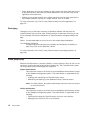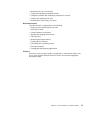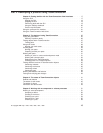
v The users who have access to the component and the level of access each user
has. This information makes up the component’s
access list
.
v The users who are to be notified about changes to the component. This set of users
is called the
notification list
.
v The
process
by which the component handles defects and features.
Releases
An application is likely to contain parts from more than one component. Because you
probably want to use some of the same parts in more than one application, or in more
than one version of an application, TeamConnection also groups parts into
releases
.A
release is a logical organization of all parts that are related to an application; that is, all
parts that must be built, tested, and distributed together. Each time a release is
changed, a new version of the release is created. Each version of the release points to
the correct version of each part in the release.
Each part in TeamConnection is managed by at least one component and contained in
at least one release. One release can contain parts from many components; a
component can span several releases. Figure 3 shows the relationships between parts,
the releases that contain them, and the components that manage them.
Each time a new development cycle begins, you can define a separate release. Each
subsequent release of an application can share many of the same parts as its
predecessor. Thus maintenance of an older release can progress at the same time as
development of a newer one. Each release follows a process by which defects and
features are handled.
Work areas
A release contains the latest ″official″ version of each of its parts. As users check parts
out of the releases, update them, and then check them back in, TeamConnection keeps
Figure 3. Parts, releases, and components
8 User’s Guide



